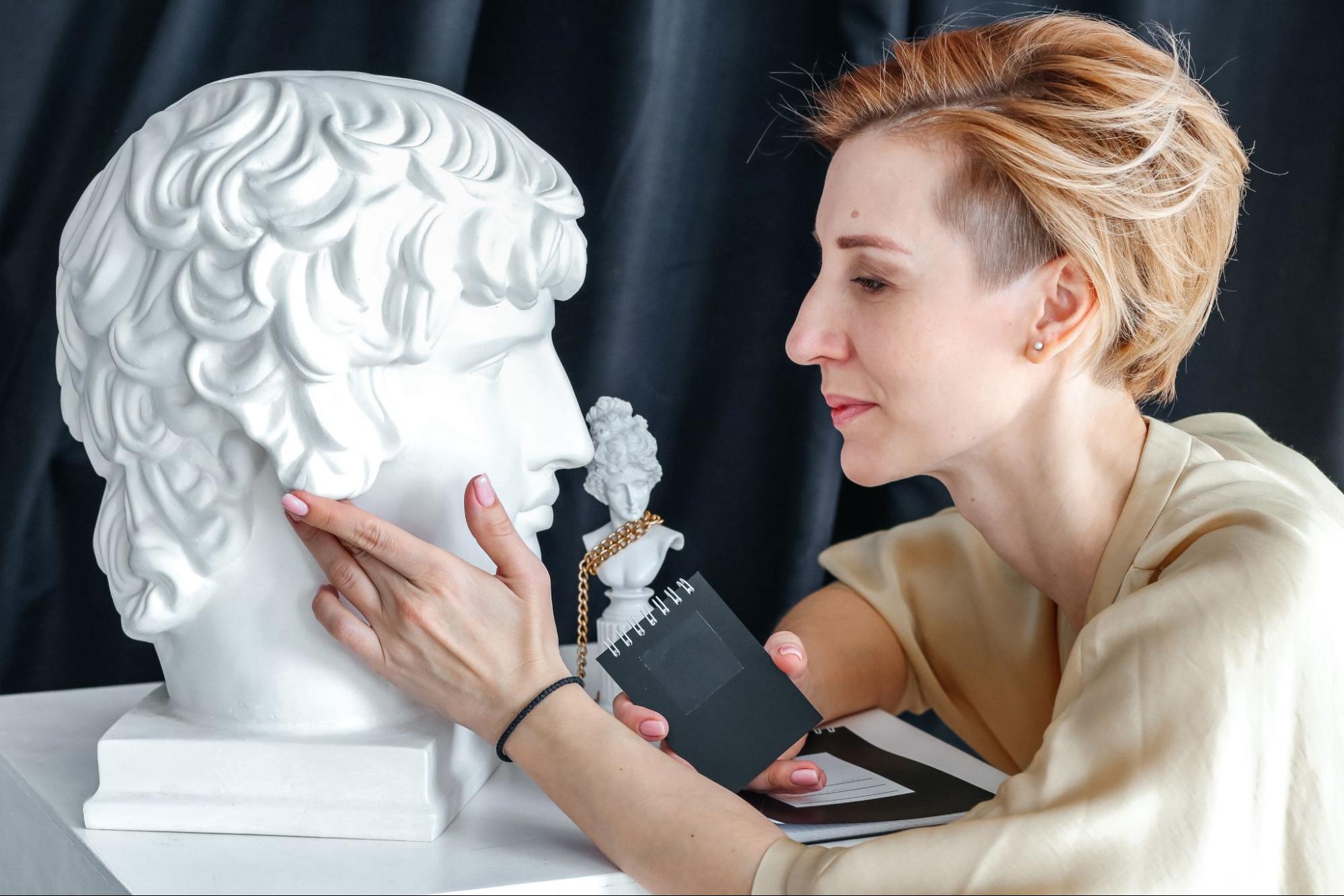The Role of 3D Printing in Art Preservation and Restoration

Art is timeless, but unfortunately, its physical form is not. Over the years, countless sculptures, paintings, and historical artifacts have suffered from natural wear, accidental damage, or even deliberate destruction. Fortunately, technology has stepped in to help, and one of the most promising tools in art conservation today is 3D printing.
From restoring lost details on ancient sculptures to creating replicas for exhibitions, 3D printing in the Philippines and around the world is revolutionizing how we preserve our cultural heritage. Let’s dive into how this cutting-edge technology is changing the game in art restoration and preservation.
On This Page
- How 3D Printing Helps in Art Conservation
- The Process of 3D Printing in Art Restoration
- Why 3D Printing is a Game-Changer for Art Conservation
- 3D Printing in the Philippines: How It’s Being Used for Art
How 3D Printing Helps in Art Conservation
3D printing is not just about creating new objects—it also plays a crucial role in saving old ones. Here’s how:
1. Restoring Damaged Artworks
Restoring artworks is a delicate process, and in the past, it often required guesswork and extensive manual craftsmanship. 3D printing eliminates much of the uncertainty by allowing experts to scan and replicate missing parts with incredible precision.
For example, if a statue’s hand is missing, conservators can use 3D scanning technology to analyze similar artworks, digitally reconstruct the missing piece, and then 3D print a perfect replacement. This method has been used in projects worldwide, helping to bring priceless artifacts back to their former glory.
2. Creating Detailed Replicas
Many museums and galleries struggle with how to showcase fragile or historically significant artifacts without risking damage. 3D printing provides a safe solution by enabling the creation of high-quality replicas. These copies allow visitors to interact with history without jeopardizing the original pieces.
This is particularly useful for educational institutions, where students and researchers can study art up close without worrying about wear and tear. In places like the Philippines, where accessibility to global art collections may be limited, 3D-printed replicas can bring world heritage closer to home.
3. Recreating Lost Art
Some historical artifacts and sculptures have been lost due to war, natural disasters, or theft. But thanks to 3D printing technology, some of these lost treasures are making a comeback. By using old photos, sketches, or even fragments of the original piece, experts can digitally reconstruct and print replicas that closely match the original design.
A famous example is the recreation of Palmyra’s Arch of Triumph in Syria, which was destroyed by ISIS. Researchers used 3D modeling and printing techniques to recreate and display a replica in various global cities, proving how this technology helps preserve cultural history.
The Process of 3D Printing in Art Restoration
Step 1: 3D Scanning
Experts use high-resolution 3D scanners to capture detailed images of the artifact. This creates an accurate digital model, essential for restoration and replication.
Step 2: Digital Reconstruction
After scanning, experts use software to repair damaged or missing parts by referencing old images, similar artworks, or historical data for accuracy.
Step 3: 3D Printing the Restoration Parts
Conservators 3D print missing parts using materials like resin, polymer, or stone-like filaments. These pieces are seamlessly integrated, ensuring durability and an accurate match in color, texture, and weight.
Step 4: Finishing Touches
Experts use painting, sanding, and other techniques to blend new parts seamlessly with the original, ensuring an authentic and detailed restoration.
Why 3D Printing is a Game-Changer for Art Conservation
1. Precision and Accuracy
Traditional restoration methods require artistic interpretation, which can sometimes lead to inaccurate reconstructions. With 3D printing, restorers can achieve near-perfect accuracy in replicating missing or damaged parts.
2. Cost-Effective Solutions
Conventional restoration techniques are labor-intensive and expensive. But using this technology, it can significantly reduce costs by speeding up the process and minimizing material waste.
Related: The 5 Must-Know Benefits of 3D Printing
3. Non-Invasive Restoration
Some traditional methods require modifying the original piece, which can cause long-term damage. 3D printing allows restorers to add missing parts without altering the artifact itself, preserving its integrity.
4. Increased Accessibility
Thanks to 3D printing, historical pieces can be replicated and shared across museums, schools, and cultural institutions, making art more accessible to the public.
3D Printing in the Philippines: How It’s Being Used for Art
In the Philippines, 3D printing technology is becoming an essential tool for art restoration and heritage conservation. Local museums and cultural groups are starting to integrate 3D scanning and printing into their restoration projects, ensuring that important artifacts are preserved for future generations.
3D printing and beyond is transforming the way we restore, preserve, and interact with art. Whether it’s bringing back a lost sculpture, creating replicas for museums, or protecting fragile artifacts, this technology is making art more accessible and ensuring that history is never lost.
Looking for quality 3D printers? Contact us for expert 3D printing solutions in the Philippines!


